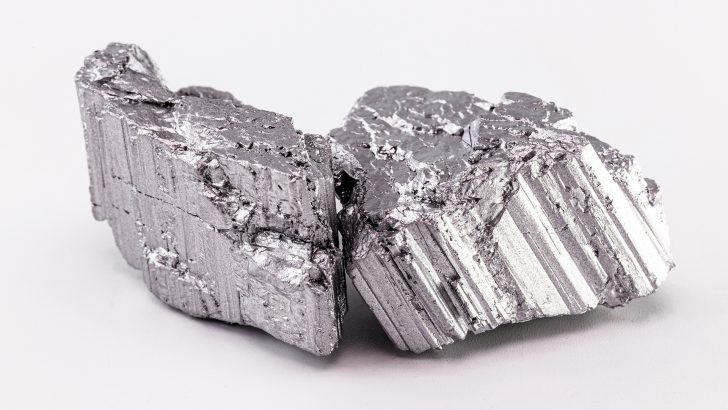When we think of "rare earth elements," our minds often wander to the realm of the exotic and the elusive. After all, it is in the name - and it suggests a level of scarcity that equates these elements with precious jewels. However, a recent U.S. Geological Survey has peeled back the layers of mystique surrounding rare earth elements.
The findings reveal that these elements, including praseodymium, neodymium, terbium, and dysprosium, may not be as rare as we have long believed.

GTN / Opposed to the long-enduring belief, rare elements like praseodymium, neodymium, terbium, and dysprosium are not as rare as most people assume.
Breaking the Illusion
Our quest for understanding begins with a groundbreaking revelation from the U.S. Geological Survey, which delved into the concept of "crystal abundance." This measure determines how frequently elements appear in the Earth's crust.
To our astonishment, rare earth elements, traditionally seen as scarce treasures, were found to be "almost in the same order of magnitude" as common elements such as zinc and copper. This revelation challenges our preconceived notions and forces us to reevaluate what makes an element "rare."
‘Rare Elements:’ Praseodymium, Neodymium, Terbium, and Dysprosium
Within the world of rare earth elements, there exists a quartet of remarkable importance: praseodymium, neodymium, terbium, and dysprosium. These four elements may not enjoy the same limelight as precious metals like gold or platinum. But they are the unsung heroes powering our modern world.

Alex / Pexels / The study finds that praseodymium, neodymium, terbium, and dysprosium are not rare. They are hard to find!
These are the invisible forces behind our smartphones, electric vehicles, and renewable energy solutions.
Praseodymium
This unassuming element boasts incredible properties that make it indispensable in our tech-driven society. It plays a pivotal role in the creation of powerful permanent magnets.
Thus, these magnets are integral to headphones, electric vehicle motors, and wind turbine generators.
Neodymium
Often partnered with praseodymium, neodymium forms the backbone of neodymium-iron-boron magnets, renowned for their extraordinary strength.
These magnets are the lifeblood of electric vehicles and countless high-tech gadgets.
Terbium
Terbium might not roll off the tongue as easily as other elements. But its contributions are substantial. It is responsible for the vibrant green phosphors used in color television tubes and energy-efficient lighting.
Dysprosium
Like its rare earth companions, dysprosium possesses unique qualities. It enhances the performance of magnets used in electric vehicles, increasing their heat resistance, which is a vital factor for these high-performance machines.

Pixabay / Pexels / The study reveals that since these rare elements are hard to extract from their original sources, scientists label them as ‘rare’ earth elements.
Rare Elements are Abundant But Hard to Exract
The newfound awareness of abundant rare earth elements brings a compelling question to the fore: If they are so abundant, why do we persist in labeling them as rare? The answer lies in the juxtaposition of abundance and accessibility.
While these elements are relatively plentiful in the Earth's crust, extracting them is no small feat. This difficulty in obtaining rare earth elements is what lends them their deceptive rarity.
Furthermore, the extraction process often involves harsh chemicals and generates substantial waste, sparking concerns about environmental sustainability, especially in regions with lax regulations.
Parting Thoughts
The recent revelations from the U.S. Geological Survey's research have reshaped our understanding of rare earth elements. Their abundance challenges our conventional notions of rarity while the intricate extraction process and environmental concerns continue to bestow upon them an enigmatic status.
So, as we navigate a future driven by technology and sustainable energy, the quest to harness these elements endures. They are captivating enigmas waiting to be understood and harnessed responsibly.